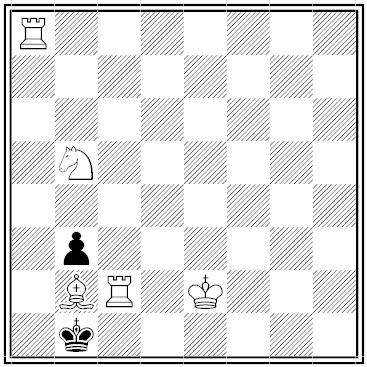Going Up
A problem from the 2003 Moscow Mathematical Olympiad:
A store has three floors, which are connected only by an elevator. At night the store is empty, and during the workday:
(1) Of the customers who enter the elevator on the second floor, half go to the first floor and half to the third floor.
(2) The number of customers who get out the elevator on the third floor is less than 1/3 the total number of customers who get out of the elevator.
Which is greater, the number of customers who go from the first floor to the second on a given workday, or the number who go from the first floor to the third?
In a Word
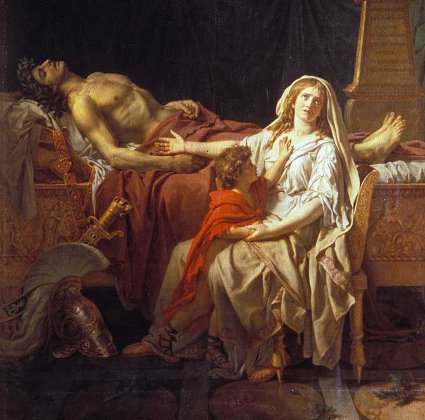
viduity
n. the state of being a widow
The Loneliest Number
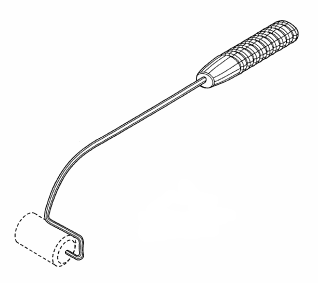
Patented by Zoya Hajianpour in 2004: a “roller for applying sunscreen to one’s own back.”
That’s not as sad as this.
Too Late?
Paul R. McClenon of Washington D.C. contributed this problem to the January-February 1964 issue of Recreational Mathematics Magazine:
The poor patient read the prescription which would save his life. ‘Mix carefully a one-pint drink, made of scotch whisky and water, mixed one to five (1/6 scotch, 5/6 water). Drink it quickly and go to bed.’
However, the patient finds only the following items at hand:
A one-quart bottle, about half full of scotch whisky.
An eight-ounce glass.
An unlimited supply of water from his faucet.
A sink with a drain.
No other containers or measuring devices.He can pour from either container to the other, without spilling a drop, and can fill either to the brim without loss. How should he mix the prescription? Will he figure it out in time? Will he be saved? Did a doctor or bartender write this prescription?
The magazine went out of business before it could publish the solution. I’ll leave it to you.
05/17/2013 UPDATE: There seem to be a number of ways to accomplish this. Here’s one:
We need a 16-ounce dose that’s 1/6 whiskey, so the final mixture must contain 2.666 ounces of whiskey.
- Fill the 8-ounce glass with whiskey, then empty the jug.
- Return the glassful of whiskey to the empty jug and add two glassfuls of water.
- Fill the glass with this 2-to-1 mixture of water and whiskey. The 8-ounce glass now contains 2.666 ounces of whiskey, our target.
- Empty the bottle, pour the glass’ contents into it, and add one 8-ounce glassful of water.
That leaves us with 16 ounces in the jug, 1/6 of which is whiskey and the rest water, as directed.
Thanks to everyone who wrote in.
Far From Home
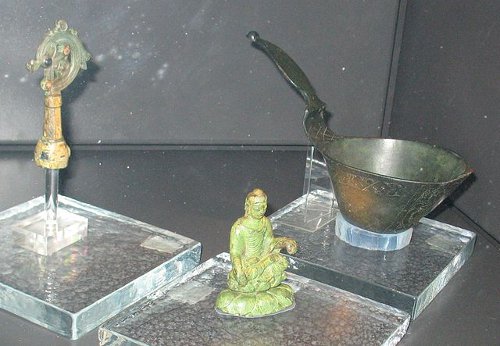
In 1954, archaeologists excavating an eighth-century Viking settlement on Helgö Island in Sweden turned up a 10-centimeter statuette of the Buddha.
It’s thought to have originated in northwestern India around 600. How it made its way to Sweden is unknown.
Outreach
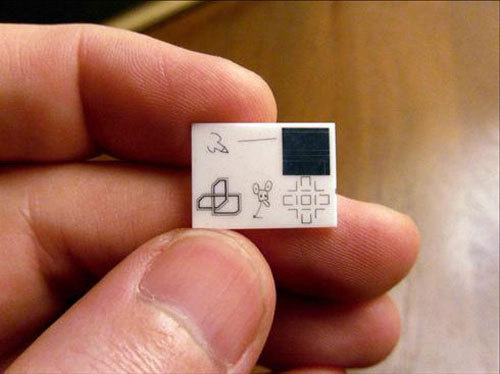
There’s a museum on the moon. As Apollo 12 prepared to depart in 1969, New York sculptor Forrest Myers commissioned drawings from six prominent artists and had them engraved on a ceramic wafer, then arranged for a Grumman engineer to smuggle it onto the lunar lander.
Two days before launch he received a telegram confirming that the engineer had been successful. If he was, then the tiny museum is still up there, bearing drawings by Robert Rauschenberg, David Novros, John Chamberlain, Claes Oldenburg, Forrest Myers, and Andy Warhol. Perhaps they’ll attract some patrons.
RSVP
An invitation sent by Madame de Lignerole to Augustus Hare, Aug. 1, 1851:
Will you be so very kind as to allow me to take the liberty of entreating you to have the kindness to confer the favor upon me of giving me the happiness of your company on Friday?
Ambrose Bierce defined politeness as “the most acceptable hypocrisy.”
Misc
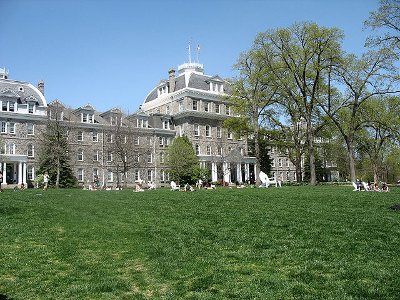
- SWARTHMORE is an anagram of EARTHWORMS.
- The sum of the reciprocals of the divisors of any perfect number is 2.
- We recite at a play and play at a recital.
- Is sawhorse the past tense of seahorse?
- “Things ’twas hard to bear ’tis pleasant to recall.” — Seneca
In Book II, Chapter 9, of H.G. Wells’ novel The War of the Worlds, a sentence begins “For a time I stood regarding …” These words contain 3, 1, 4, 1, 5, and 9 letters.
(Thanks, Dheeraj.)
Memorable Experiments
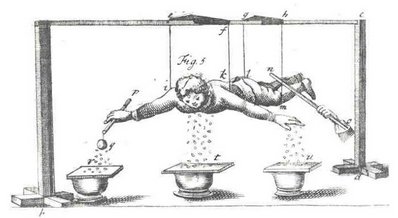
In 1730 Stephen Gray found that an orphan suspended by insulating silk cords could hold an electrostatic charge and attract small objects.
In 1845, C.H.D. Buys Ballot tested the Doppler effect by arranging for an orchestra of trumpeters to play a single sustained note on an open railroad car passing through Utrecht.
In 1746 Jean-Antoine Nollet arranged 200 Carthusian monks in a circle, each linked to his neighbor with an iron wire. Then he connected the circuit to a rudimentary electric battery.
“It is singular,” he noted, “to see the multitude of different gestures, and to hear the instantaneous exclamation of those surprised by the shock.”

